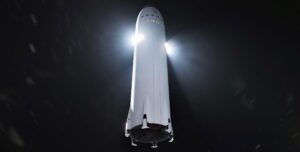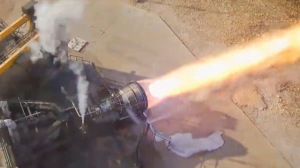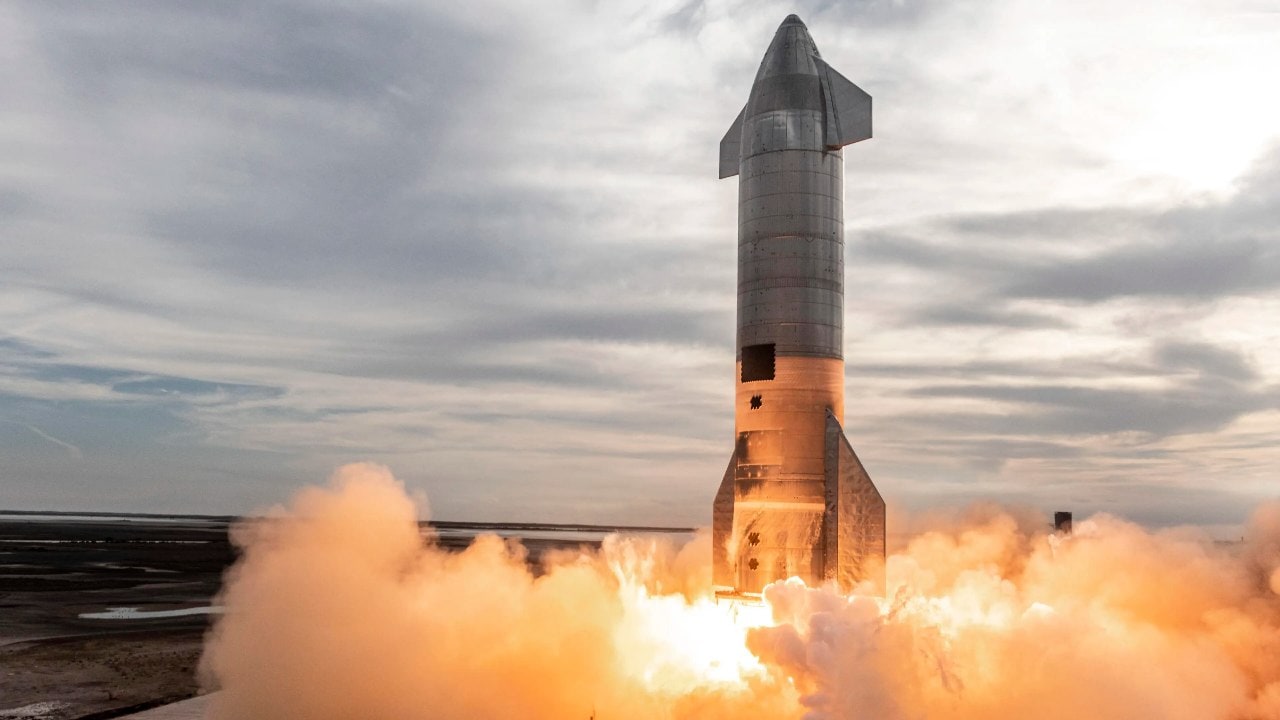
Why SpaceX’s Starship Is Made Of Stainless Steel
Starship has many unique features including the main material it’s made out of. Despite the majority of the rocket industry using machined composite materials, SpaceX is using stainless steel. While there are a few downsides to this choice there are even more positives.
SpaceX builds Starship using stainless steel to help reduce costs, simplify production, and help with temperature resistance. Each reason played a key role in the decision for SpaceX to almost entirely make their newest fully reusable rocket Starship out of it.
SpaceX still has a lot of testing to do but so far they have had great success with their stainless steel prototypes. If Starship ends up becoming what SpaceX’s goal is, it would likely change what material the rest of the space industry would use for future rockets.
What Specific Steel Is Used To Make Starship?
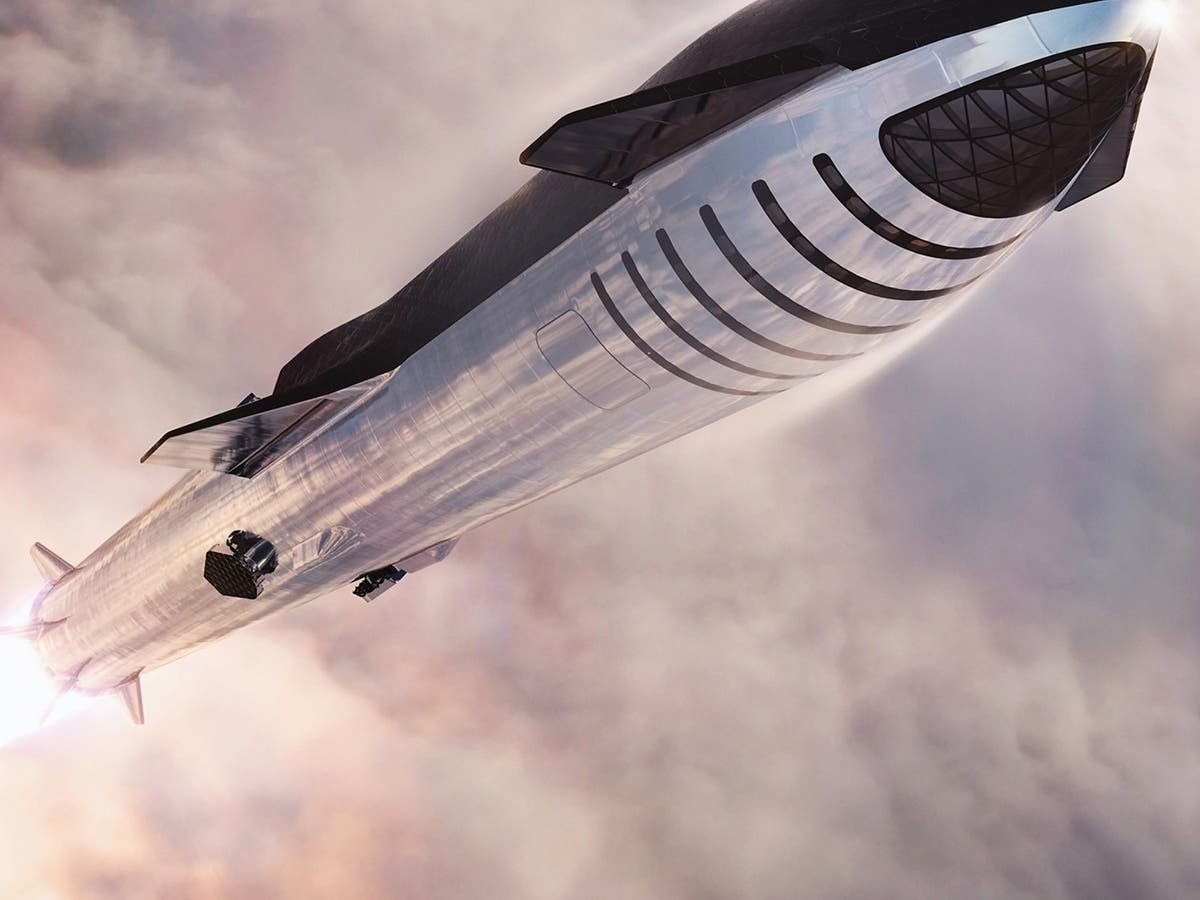
Currently, SpaceX is using 304L stainless steel alloy for its Starship prototypes. Earlier in development, SpaceX was using 301 stainless steel but has since made the switch. 304L offered better strength specifically for things like cryogenic temperature. SpaceX is working on launching the first orbital test flight of Starship using BN4 and SN20. Both stages are made out of stainless steel and will go through a lot of stress during the flight attempt. It’s very possible that SpaceX makes another change if they find a better type of stainless steel.
Benefits Of Stainless Steel
Cost – One of the biggest benefits of using stainless steel is cost. When it comes to SpaceX they are doing everything in their power to lower the cost of Starship. The goal for Starship is to only cost $2 million per launch. This is a big contributing factor to why they choose stainless steel. A lot of rockets today are primarily made of carbon composites. These are great materials until you factor in the cost. On average carbon composites cost around $180 per kg while stainless steel costs $3 per kg. This massive difference is exactly why SpaceX choose stainless steel as their main material.
Production Speed/Complexity – Another benefit of using stainless steel is the increased production speed and simplicity. One of the first things I want to point out is the abundance of material and how it helps SpaceX. Stainless steel is very popular and is used for everyday things such as pots and pans. Additionally, there is a lot of it that can constantly be provided to SpaceX when they need it. An example of this is stainless steel deliveries to Starbase in Boca Chica. It’s routine to see massive rolls of stainless steel delivered to the production site. This ease of access helps SpaceX never need to wait for materials since it’s so easy to get ahold of.
The other helpful part is the increased speed of production using stainless steel. Rather than use massive equipment to machine the exact dimensions of a material, SpaceX uses a mix of humans and robots to complete simple welds along the side. After the rolls of stainless steel have been delivered SpaceX cut them to the right size and then weld large rings for each section of Starship. Once they have the necessary segments they stack them on top of each other and weld again. This very simple but effective method has and will continue to help SpaceX produce Starship in a very short period of time.
Temperature Resistance – The last benefit I want to mention is stainless steel’s heat and cryogenic temperature resistance. Starting with the cryogenic aspect, stainless steel stays very sturdy at cold temperatures. This is very important as Starship uses cryogenic liquid oxygen and methane to fuel it. During the initial fueling phase, the fuel is cold enough to form an ice layer on the outside of the rocket. Stainless steel helps ensure Starship can easily handle these temperatures.
Stainless steel also has a very high melting point. This heat resistance helps Starship deal with the extremely high temperatures throughout the flight. One of the more obvious is re-entering the Earth’s Atmosphere. When re-entering Earth’s atmosphere the bottom of Starship will be exposed to around 3000 degrees Fahrenheit. While the stainless steel is not enough by itself for re-entry it does help simplify the heat shield and improve safety when reaching such high temperatures. More specifically stainless steel has a melting point around 2600 degrees Fahrenheit. This combined with the heat shield and SpaceX will be able to reliably enter the atmosphere without many complications. The last thing is Starship is meant to be fully reusable. If they want to reuse the upper stage soon after landing then it will have to be in great condition even after entering the atmosphere. This is why stainless steel is so important to the Starship development.
Downsides Of Stainless Steel
The biggest downside of stainless steel is the weight. Stainless steel is very heavy compared to other rocket materials like carbon composites. However, SpaceX has weighed the options and decided that the pros far outweigh the cons. Starship will weigh a lot but is still expected to bring around 100 to 150 tons into low Earth orbit. The increased weight of stainless steel is a negative but will help provide SpaceX with a better material overall.
Comparison To Other Space Companies
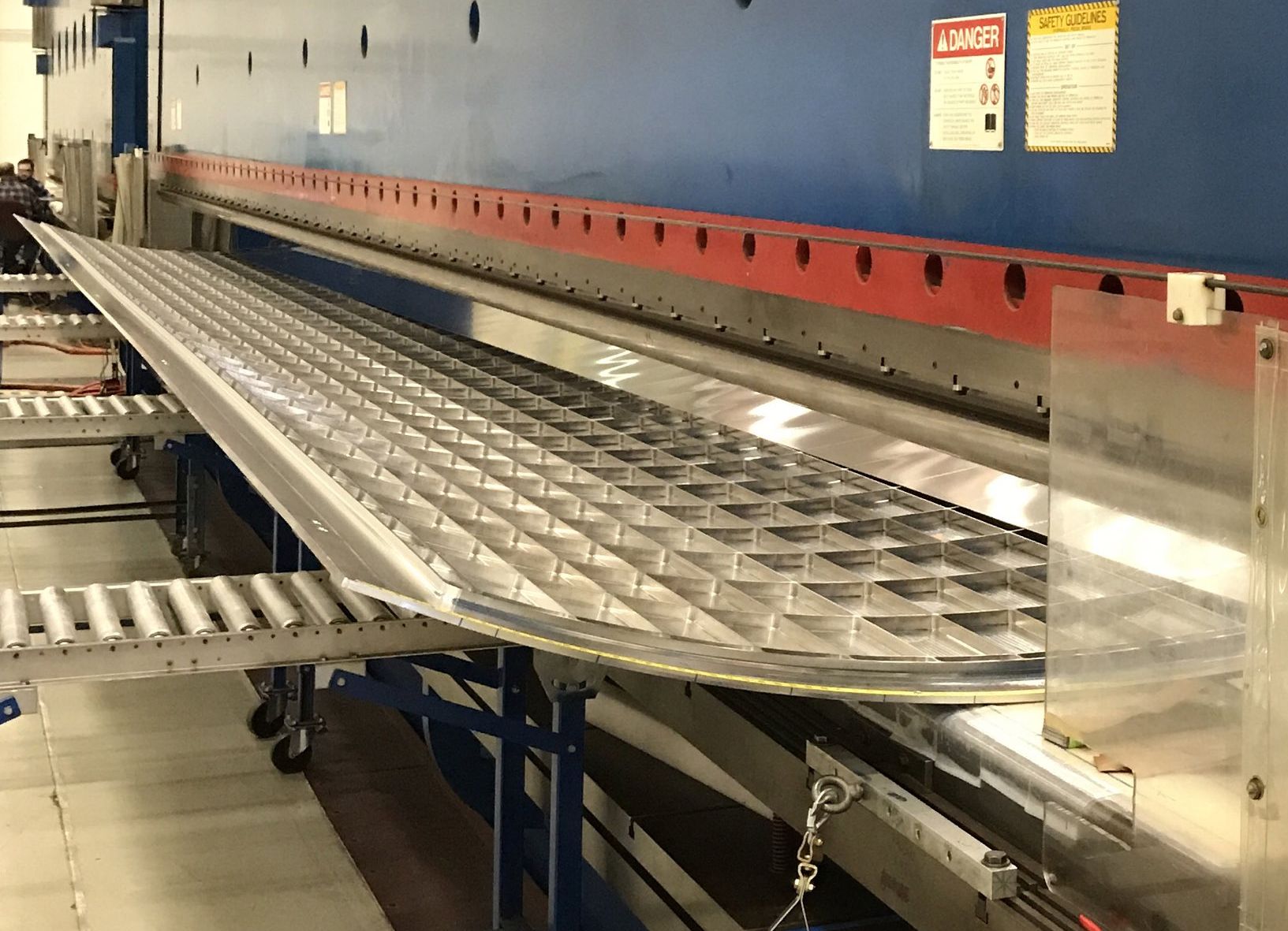
Just like many things in the space industry SpaceX is doing this very differently. While stainless steel has been used by other companies in the past the most commonly used material today is highly machined composites. An example of this could be United Launch Alliance’s upcoming Vulcan Centaur. For some of the main segments on the rocket, ULA is machining an ortho grid within the side of the panel. This process not only takes a long time but also has to be close to exact on its measurements. ULA does this because it creates a very strong panel with as low a weight as possible.
The downside is the time, cost, and complexity of producing these panels. Instead of doing the majority of this process SpaceX is just welding and reinforcing certain segments of stainless steel for Starship. The process is so simple SpaceX even has a group of robots that help weld the segments together. While SpaceX is not maximizing the weight to strength of their rocket they are producing them very quickly and at a low cost comparatively.
SpaceX’s Future Plans
Right now it looks like SpaceX will continue using 304L stainless steel. This could however change depending on how Starship performs in different tests. So far the stainless steel has been great during cryo tests, static fires, 10km flights, and more. The big test will be the first orbital test flight which is what SpaceX is working towards right now. Depending on how the test goes and how the stainless steel reacts to re-entry could make SpaceX look at different options. Currently, SpaceX has had great success with the steel and it will likely only prove its strength when tested in the orbital flight. In that case, we should expect to see many future Starships made out of the same steel being used today.
Conclusion
The use of stainless steel is another unique choice by SpaceX that has helped make Starship so successful up to this point. Thanks to its low costs, fast and simple production, and strong temperature resistance, stainless steel has become one of the key parts of Starship. While it does add some extra weight the pros heavily outweigh the cons. The use of stainless steel is another aspect that helps SpaceX reach its ambitious goal of Mars and beyond.


